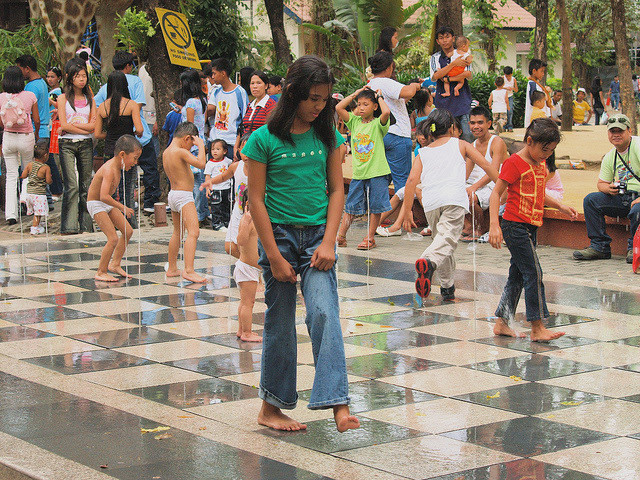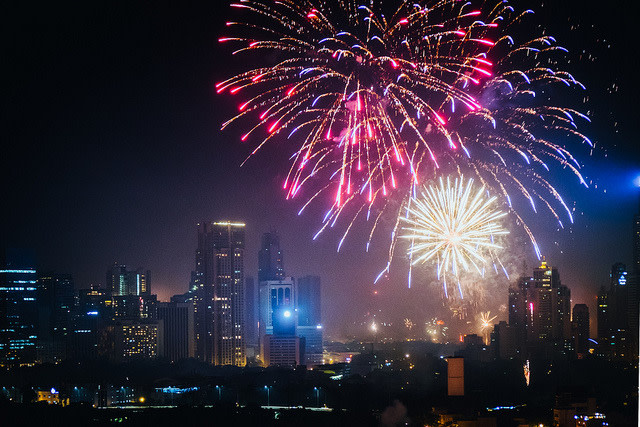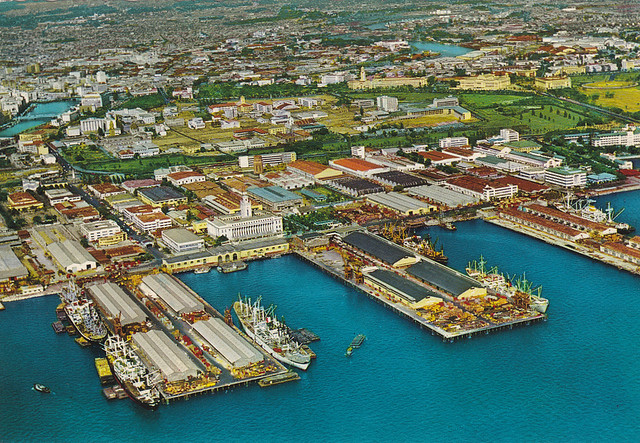| 4 mins read
Travelling to the Philippines? There’s a very good chance that you’re going to spend some time in Manila. Whether visiting the historic churches, informative museums, cultural centers or amazing marine parks, Manila has some exciting, memorable attractions that are well worth a visit. Here are some facts and interesting tidbits about the Philippines’ capital city that you might want to know before you visit.
How Old is Manila?
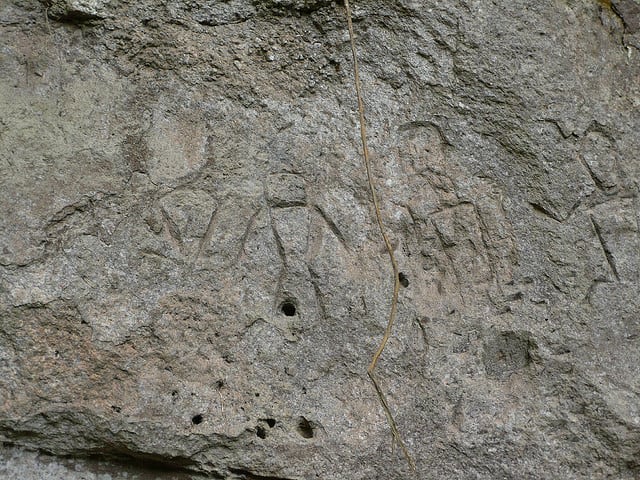
How Big is Manila?
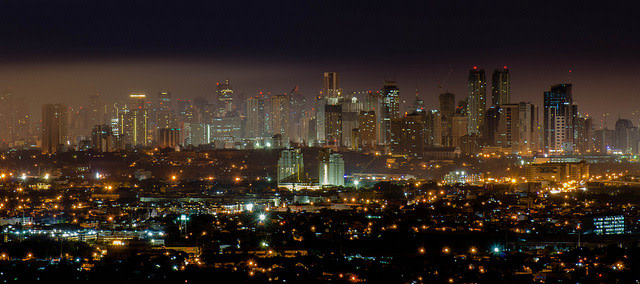
A Bit about Manila’s Background
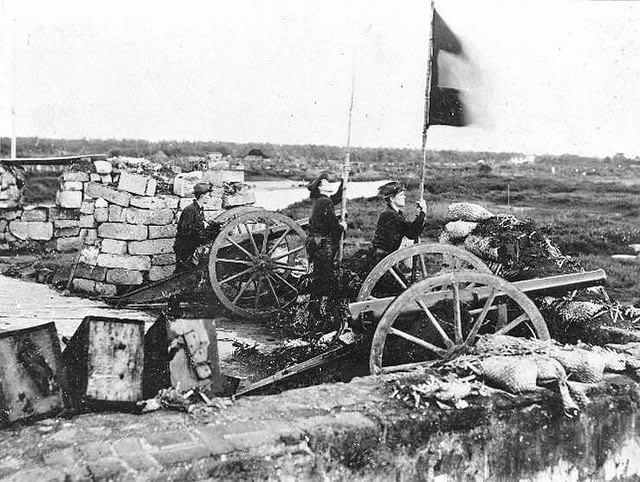
The Climate
If you’re looking to visit Manila, it’s best to understand and accept that you’re going to be hot!! Temperatures in Manila range between 70 degrees Fahrenheit and 100 degrees, and being so close to the equator, humidity is usually extremely high.
When is the best time to visit Manila?
If you’re looking to stay relatively less hot and dry, it’s best to visit Manila from December-April. Though temperatures will still be high, you won’t have to battle the rains, monsoons and typhoons from June to September.
Is it safe?
One of the biggest questions travelers ask before they head to Manila is whether it is safe. While armed guards do stand outside many hotels and there are certain parts of the city that tourists should not venture into, (as is the case for almost all major international cities) the city as a whole is okay for foreigners to visit. To ascertain areas where to go/not to go, find a reputable Manila tourist guide to show you around all the top sites and to give you a local’s perspective of this bustling city. The main tourist sites (Intramuros, Greenbelt Chapel, Manila’s Museums, Ocean Park etc.) are always safe places to visit, and if there is somewhere that seems a bit unsettling or uncomfortable- just leave! As anywhere else in the world, travel positive and with an open mind, albeit exercising caution and not letting your guard down!
Image credits and license details: https://flic.kr/p/5SaWjk (Butch DalisayCC BY-NC-ND 2.0), https://flic.kr/p/db9Pnk (RJ Katthöfer, CC BY-ND 2.0), https://flic.kr/p/9sDKWG (John Tewell, CC BY-NC 2.0), https://flic.kr/p/e9Lq26 (David Robinson, CC BY-NC-ND 2.0), https://flic.kr/p/j1spWA (Benson Kua, CC BY-SA 2.0), https://flic.kr/p/7bP7py (John Tewell, CC BY-NC 2.0)


